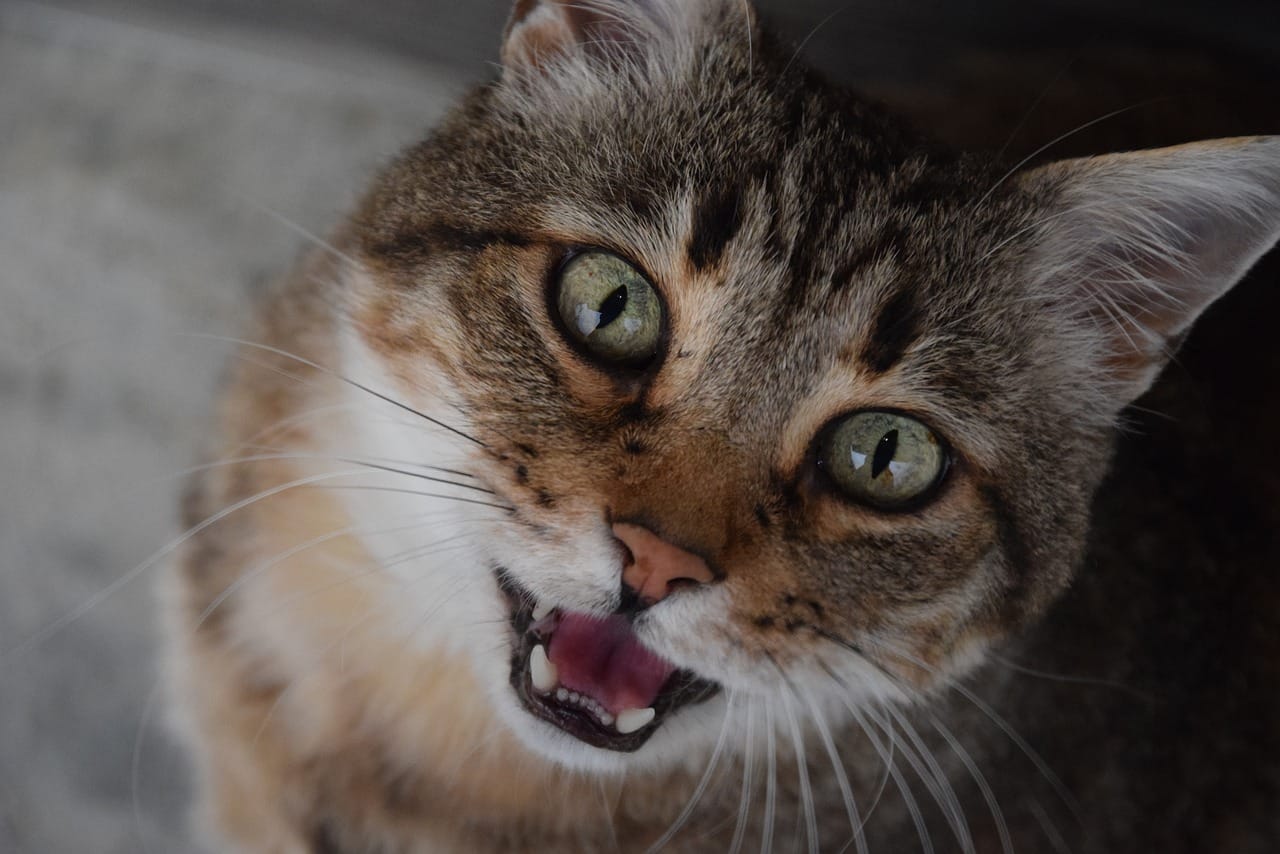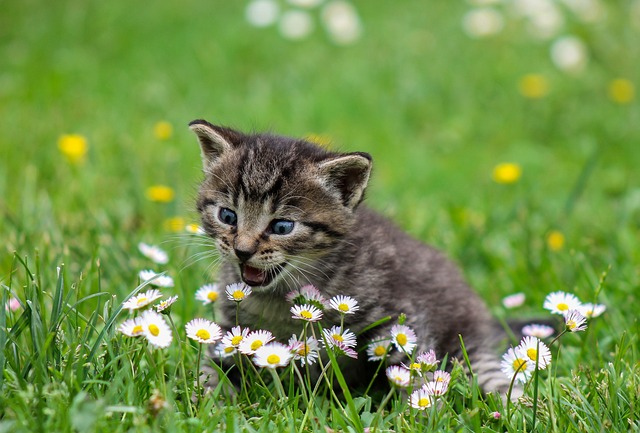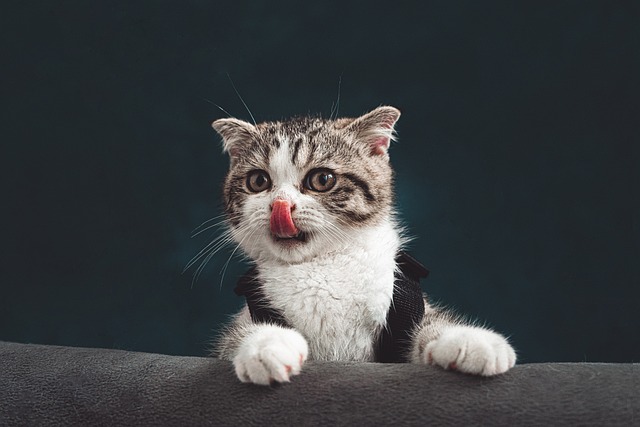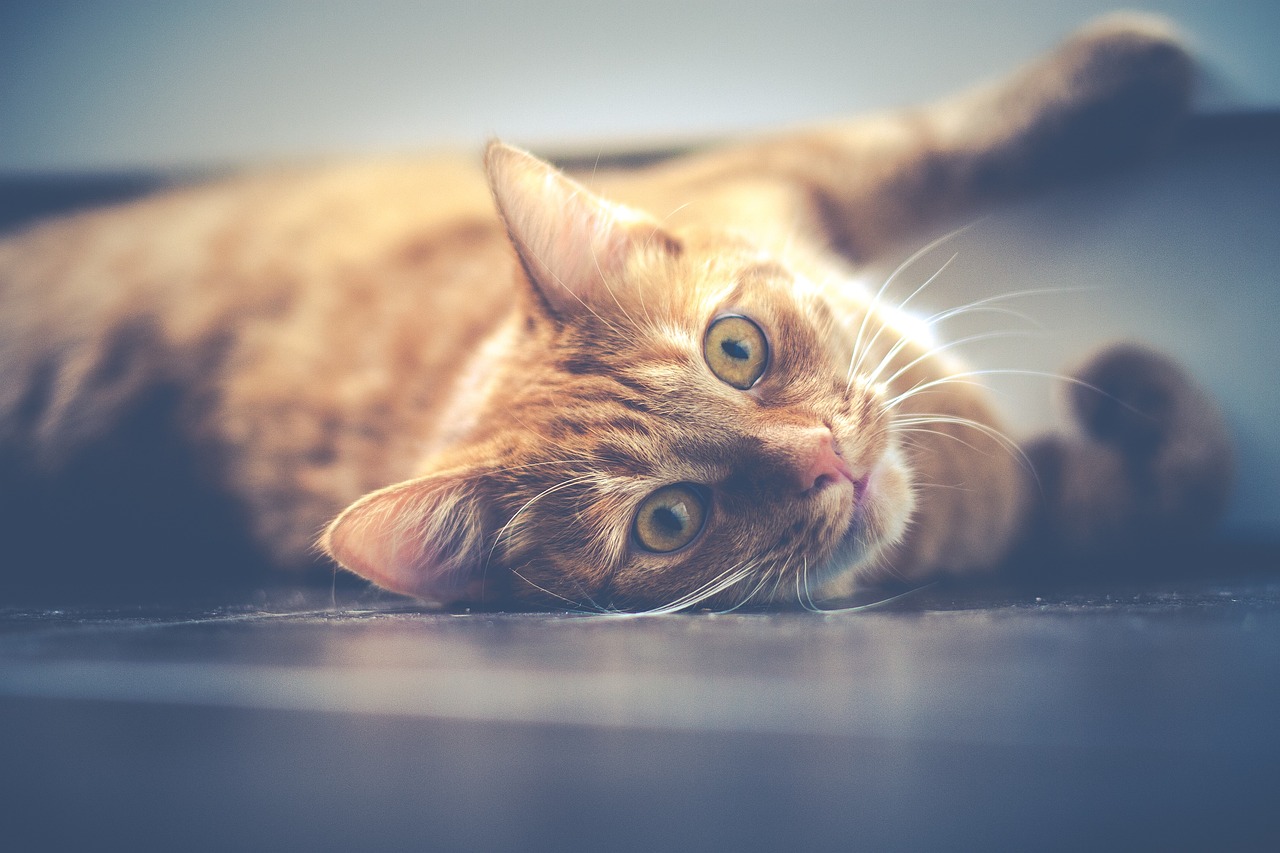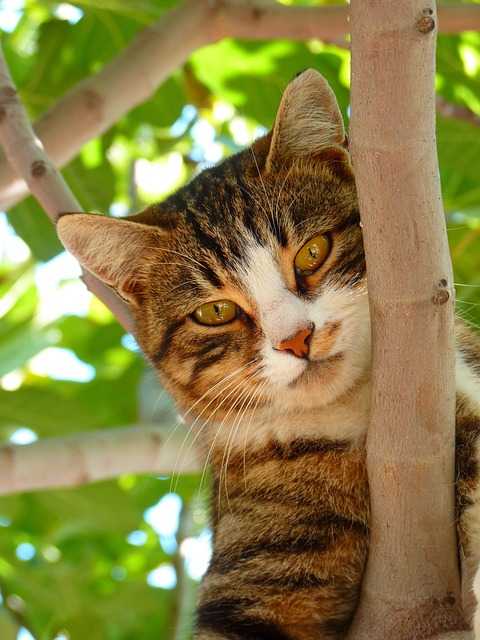Cats are known for their unique vocalizations, and meowing is one of the primary ways they communicate with their human companions. However, when your cat starts meowing excessively, it can leave you wondering about the reasons behind this behavior. In this article, we’ll delve into the nature of cat meowing, common reasons for excessive meowing, and strategies for addressing this behavior.
The Nature of Cat Meowing
Cat meowing serves as a versatile form of communication, with each meow carrying its own distinct meaning. From expressing hunger and seeking attention to signaling stress or discomfort, understanding the nuances of cat meowing requires careful observation and interpretation. Paying attention to your cat’s body language and the context of their meows can offer valuable insights into their needs and emotions.
Common Reasons Why Cats Meow Excessively
- Hunger and Mealtime: Cats may meow excessively when they’re hungry or anticipating mealtime. Establishing consistent feeding routines and providing appropriate portion sizes can help address hunger-related meowing.
- Attention-Seeking Behavior: Some cats meow to seek attention or companionship from their owners. Engaging in interactive play sessions, providing mental stimulation, and spending quality time with your cat can help fulfill their social and emotional needs.
- Stress and Anxiety: Environmental stressors such as changes in routine, new household additions, or loud noises can trigger excessive meowing in cats. Creating a calm and predictable environment with hiding spots, vertical space, and soothing background noise can help alleviate stress-related meowing.
- Medical Issues: Excessive meowing can also be a sign of underlying medical issues such as pain, discomfort, or cognitive dysfunction. It’s essential to consult with your veterinarian to rule out any potential health concerns and explore appropriate treatment options.
Strategies for Addressing Excessive Cat Meowing
- Establishing Consistent Feeding Routines: Set regular feeding schedules and avoid free-feeding to regulate your cat’s mealtime and reduce hunger-related meowing.
- Providing Mental and Physical Stimulation: Engage your cat in interactive play, puzzle toys, and enrichment activities to keep them mentally and physically stimulated throughout the day.
- Creating a Calm Environment: Minimize stressors in your cat’s environment by providing hiding spots, comfortable resting areas, and maintaining a consistent daily routine.
- Veterinary Evaluation: If your cat’s excessive meowing persists or is accompanied by other concerning symptoms, schedule a veterinary evaluation to assess for underlying medical issues and explore appropriate treatment options.
Understanding Your Cat’s Individual Needs
Every cat is unique, with their own personality, preferences, and vocalization patterns. Take the time to observe and interact with your cat to better understand their individual needs and communication style. Building a strong bond with your cat based on mutual understanding and trust can help foster a harmonious relationship.
Conclusion: Excessive cat meowing can be a challenging behavior to address, but with patience, understanding, and proactive intervention, it’s possible to identify the underlying reasons and implement effective strategies for management. By prioritizing your cat’s well-being and responding to their vocalizations with compassion and empathy, you can strengthen your bond and ensure a happy, healthy life for your feline companion.

